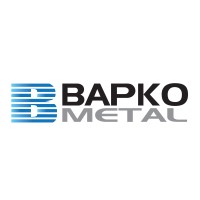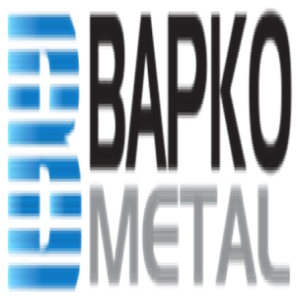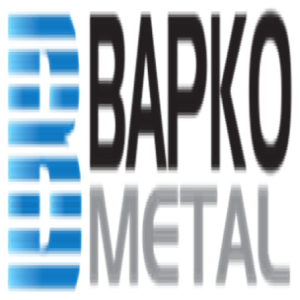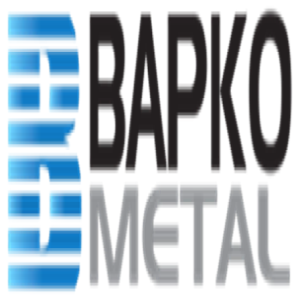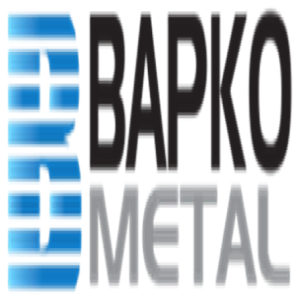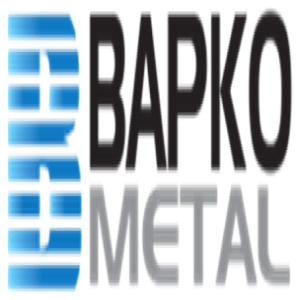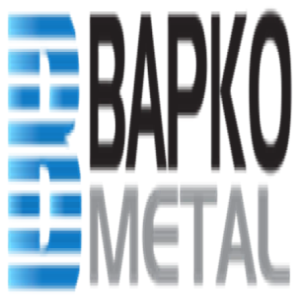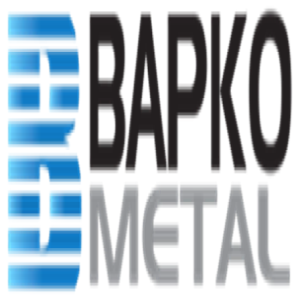Title Page
-
Site conducted
-
Facility
-
Conducted on
-
Inspector Name and Title
-
Current weather condition
-
Photos taken
-
Location
Non-Storm Water Discharge (NSWD) Observations
-
AUTHORIZED -
Fire Hydrant Flushing
Potable Water Source
Condensation (refrigeration, air conditioners, etc.)
Ground Water
Landscape Watering
UNAUTHORIZED*
Wash Water
Cooling Tower Water
Blowdown Water (compressors, boilers. etc.)
Leaks / Spills of Materials
All Other Types of Discharges -
Are there any unauthorized NSWDs occurring at any of the drainage outfall(s), or indications of prior unauthorized NSWDs?
Drainage
-
Specify Drainage Ara
-
Source of Discharge / Characteristics / Source of Pollutant(s) (if applicable)
-
Are there any authorized NSWDs occurring at any of the drainage?
Drainage
-
Specify Drainage Ara
-
Source of Discharge / Characteristics / Source of Pollutant(s) (if applicable)
Observation Tips and Instructions
-
CHARACTERISTICS
Clear
Discoiored
Turbid / Cloudy
Odorous (Smelly)
Oily Sheen
Floating Materials
• Observe the water and look for evidence of pollutants (oily sheen, odor, etc.)
• Document the source of the observed pollutant(s) (ex: If there is an oil sheen, you should be able to follow that sheen back to a particular source on the ground, such as an oil spot in a parking area)
• Write down the additional BMP(s) necessary to eliminate pollutant(s) from future discharges
Industrial Activities:
-
Check all applicable
- Indoor Production
- Outdoor Production
- Production Areas
- Repair Shop
- Outdoor Work Area
- Wash Rack
- Hazardous Materials
- Fueling Area
- Indoor Storage
- Outdoor Storage
- Loading / Unloading
- Truck / Trailer Parking
- Dumpsters / Roll-Offs
- Facility Support Equipment
- Operational Equipment
MINIMUM BMP OBSERVATIONS
Good Housekeeping
-
1. Are the observed outdoor areas associated with industrial activity free of pollutants at time of inspection?
-
2. Is material tracking minimized or prevented effectively?
-
3. Is dust generated from industrial materials or activities minimized?
-
4. Are all facility areas impacted with rinse/wash waters cleaned promptly?
-
5. Is all stored industrial material that can be readily mobilized with storm water covered?
-
6. Are stored non-solid industrial materials or wastes properly contained from wind/rain?
-
7. Is disposal of rinse/wash waters or other materials prevented from conveyance systems?
-
8. Have SW discharges from non-industrial areas that contact industrial areas been minimized?
-
9. Are non-industrial area authorized NSWDs minimized from contacting industrial areas?
Preventive Maintenance
-
1. Have equipment & systems used outdoors that may spill/leak pollutants been identified?
-
2. Have identified equipment, systems, or other conditions been observed to detect for leaks?
-
3. Is the established schedule for maintenance appropriate?
-
4. Are the prompt maintenance & repair procedures effectively preventing spills or leaks?
Spill and Leak Prevention and Response (SLPR)
-
1. Are the procedures and/or controls to minimize spills & leaks established?
-
2. Are spill/leak procedures preventing discharge to storm water convenience stem?
-
3. Are there any response equipment or maintenance procedures identified or described?
-
4. Are all response personnel identified & trained in spill/leak response?
Material Handling and Waste Management
-
1. Is industrial material/wastes readily mobilized with storm water prevented/minimized?
-
2. Are stored non-solid industrial materials or wastes properly contained from wind/rain?
-
3. Are all industrial waste containers and material storage containers covered when not in use?
-
4. Is run-on and storm water generated from the facility diverted from all stockpiled material?
-
5. Are all spills of industrial materials/wastes cleaned in accordance with the SLPR procedures?
-
6. Is outdoor material, waste handling equipment, & containers observed/cleaned as needed?
Erosion and Sediment Controls
-
1. Are the implemented wind erosion controls effective?
-
2. Are inactive areas, finished slopes & other erodible areas stabilized prior to rain events?
-
3. Are perimeter controls & entrances/exits controlling erodible discharges & tracking off site?
-
4. Is run-on and storm water generated from the facility diverted from all erodible material?
-
5. Are sediment basins compliant to design storm standards of the Industrial General Permit?
ADVANCED BEST MANAGEMENT PRACTICES
-
1. Exposure Minimization BMPs
-
2. Storm Water Containment and Discharge Reduction BMPs
-
3. Treatment Control BMPs
-
4. Other Advanced BMPs
ADDITIONAL CORRECTIVE ACTIONS REQUIRED
-
(Identify additional corrective actions not included with BMP deficiencies above. Identify BMPs that need more frequent inspections. Note if SWPPP changes will be required.)
Required Action
-
Details
-
Imp Date
-
SWPPP Update
Exception Documentation
-
Explanation required if inspection could nor be conducted
Sign Off
-
Prepared by
